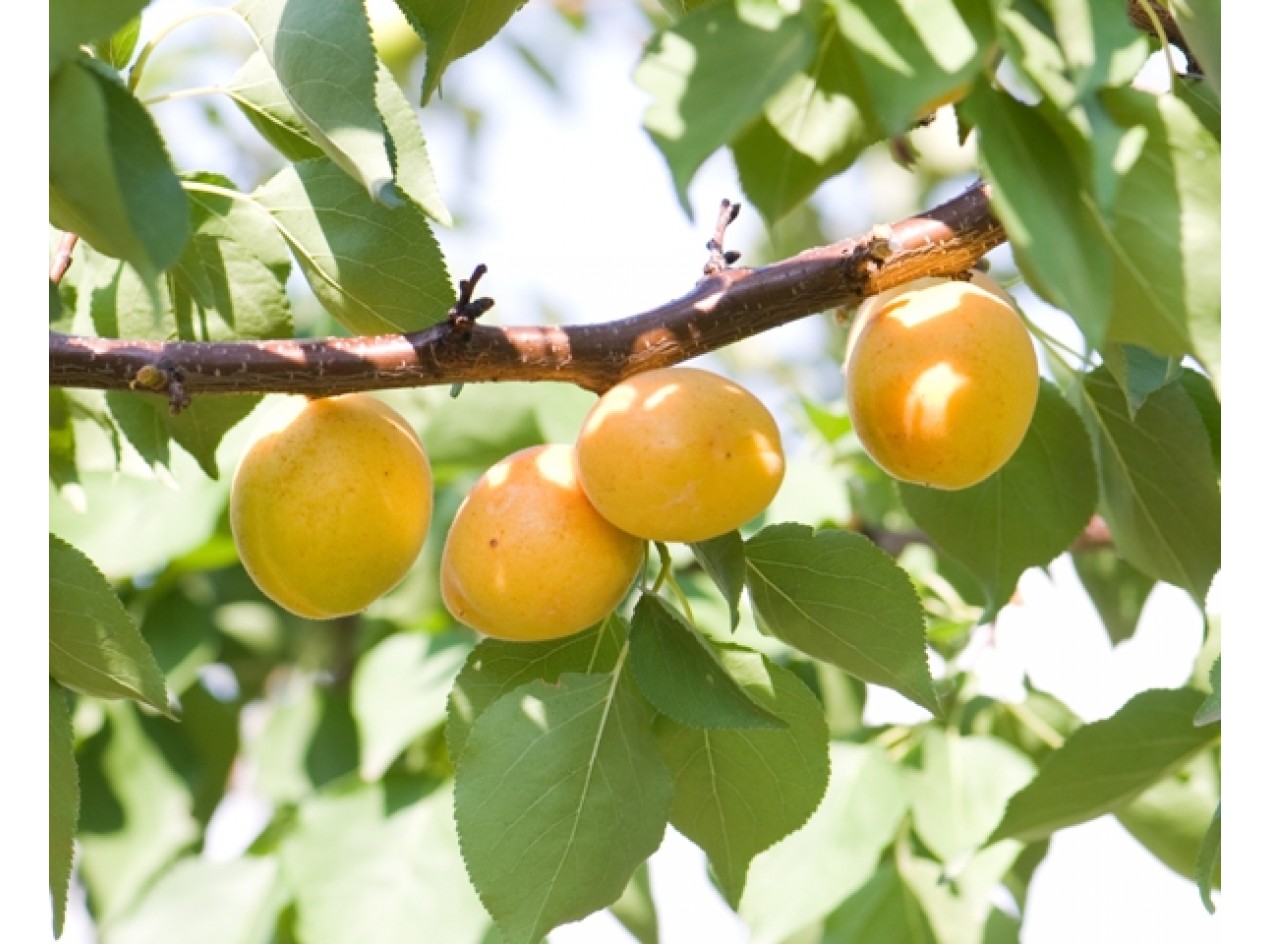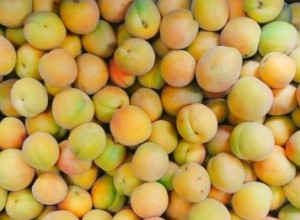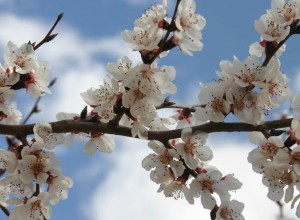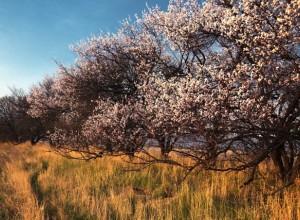The seed of this apricot was originally brought to England in the late 1800’s from a gardener that had lived in India. The heavy yields and ability to resist disease in its new high humidity environment was a rare discovery. It eventually found its way to southern California and became a cultivar which is still grown today for drying. It has lasted generations both in seed and cultivar form.
Our seedlings are produced using seeds from the original grafted trees. These can be used as ornamental, fruit production and pollination purposes for other apricots. Despite its origins, this is a completely hardy apricot in Michigan and does well in our soil. It is one of the more vigorous growing strains we have tested so far. We winnow out the seedlings that winter damage or look weak in any way. The trees tend to produce side branching at an early age which indicates early fruitfulness. Fruiting begins from 4-6 years from seedling when the trees reach 8-10 ft. tall. This is a vigorous seed strain and is open pollinated.
We also offer a New Mexico wild seedling apricot from a very large tree found in a park in New Mexico. The seedlings from this tree are fully hardy in zone 5 and represent a similar type of apricot to the India-UK-California type in that it was traditionally grown from pits. The parent trees of this selection are huge reaching 40 ft. tall and wide with a 2 ft. diameter trunk. The fruit is a light colored orange when ripe and can be used for processing as well as fresh eating.
Source H1 California-India available in 12-18" and 18-24". 3 yr.
Source H2 New Mexico available in 3-6" and 6-12". 1 and 2 yr.
| Plant Specs |
| Genus & Species |
Prunus armeniaca |
| Seed Source |
India-California Seeds sourced in U.S. Produced in an orchard.
New Mexico-Collected in a park untended |
| Hardiness |
-15 F to -20F |
| Height (ft) |
20 |
| Width (ft) |
30 |
| Pollination Requirements |
Self fertile. Will produce more fruit with 2 plants or any other apricot. |
| Soil |
A species that does best in sandy rather rocky soil. |
| Climate |
Zone 6-9. Fluctuating winter and spring temperatures are rough on fruiting. |
| Ease of Cultivation |
Tricky to set fruit due to early frosts. Easy to grow. Extremely durable species. |





